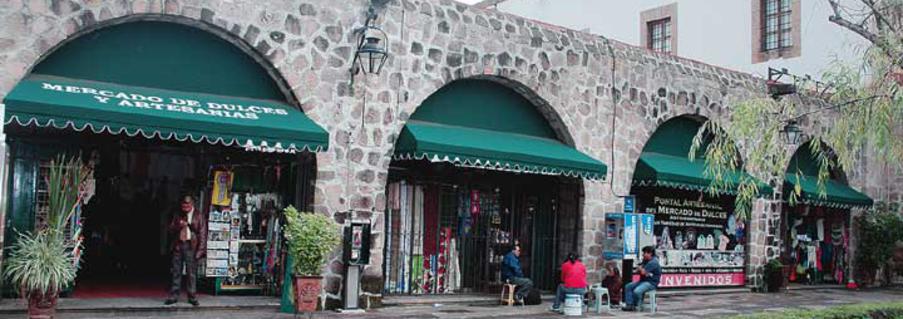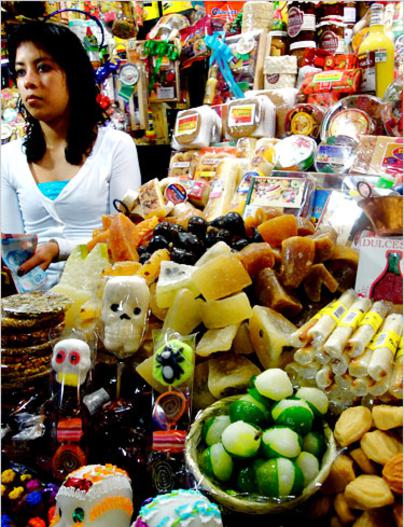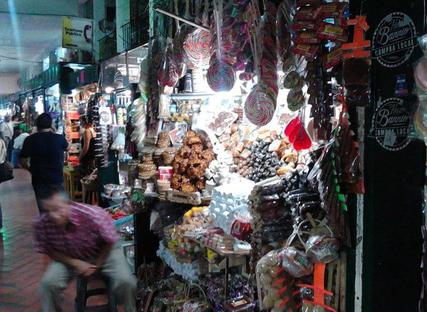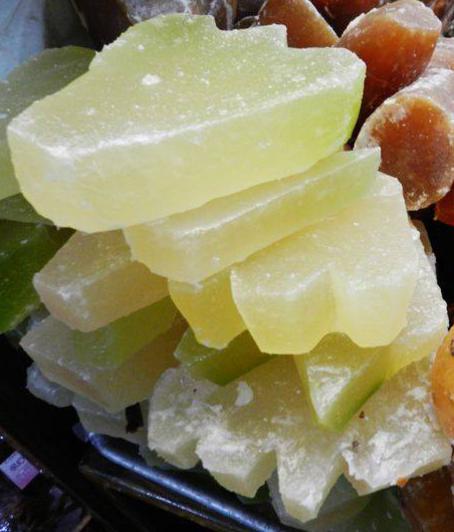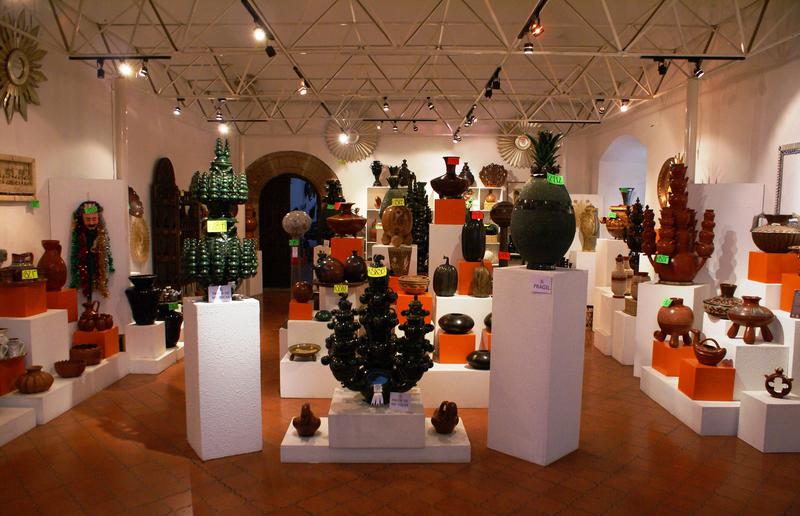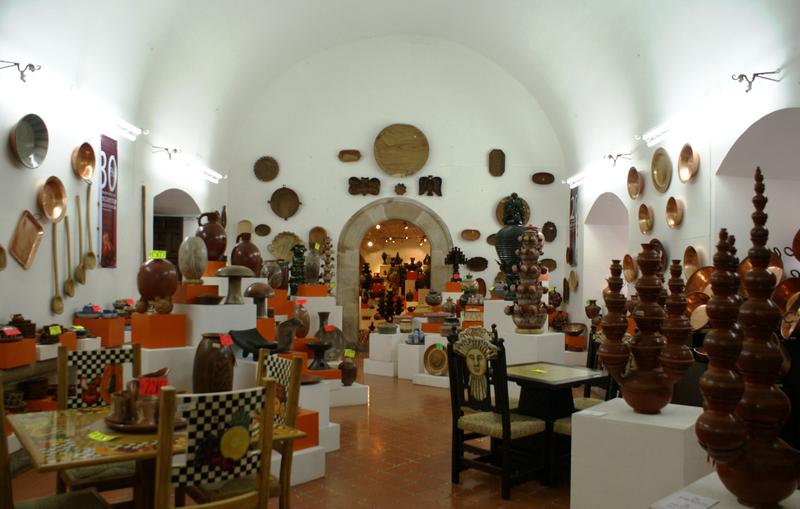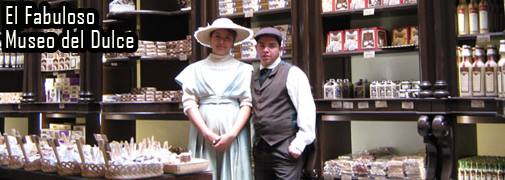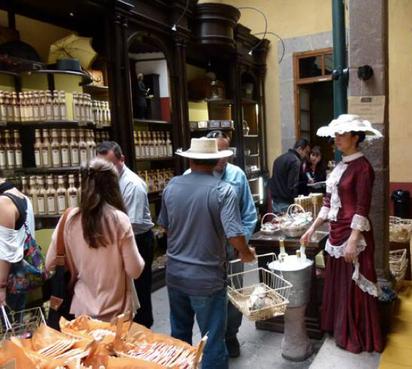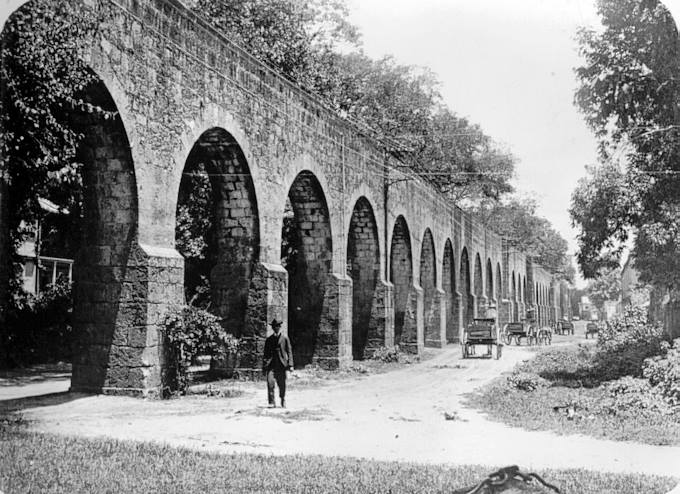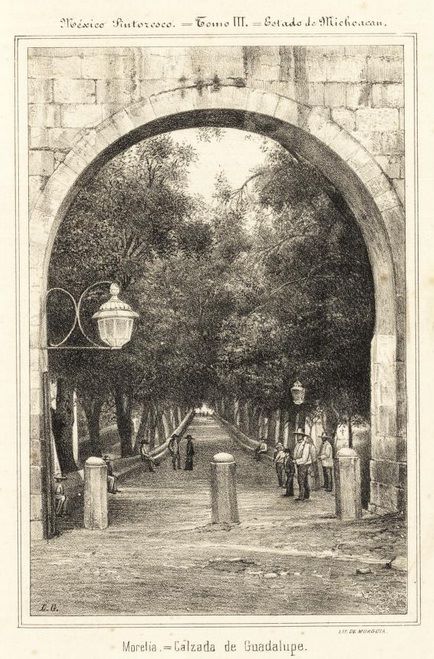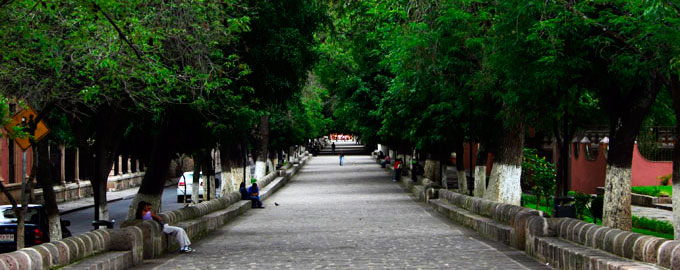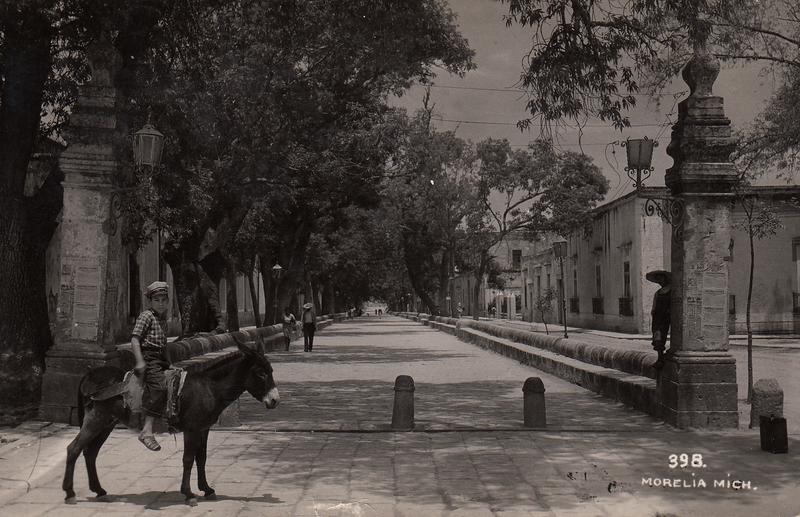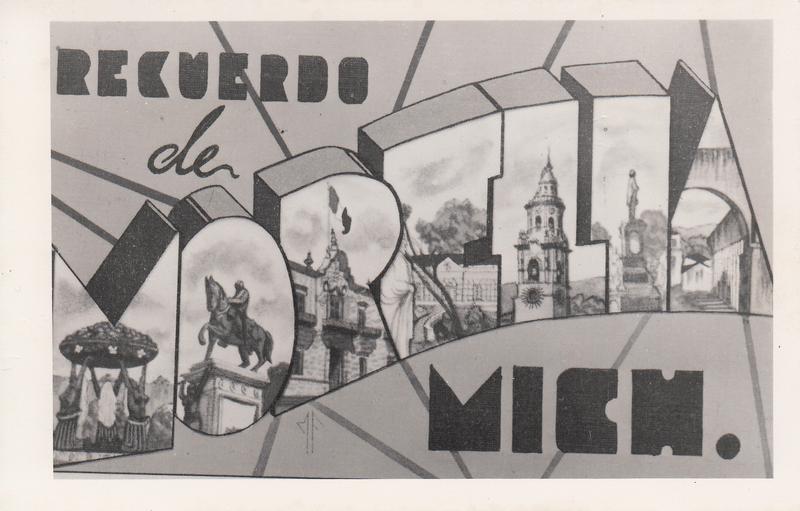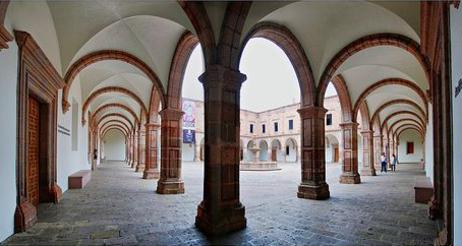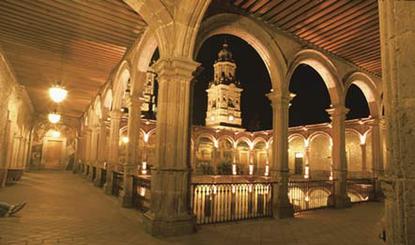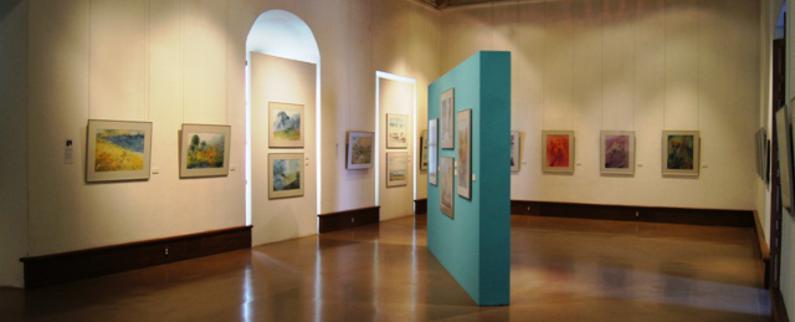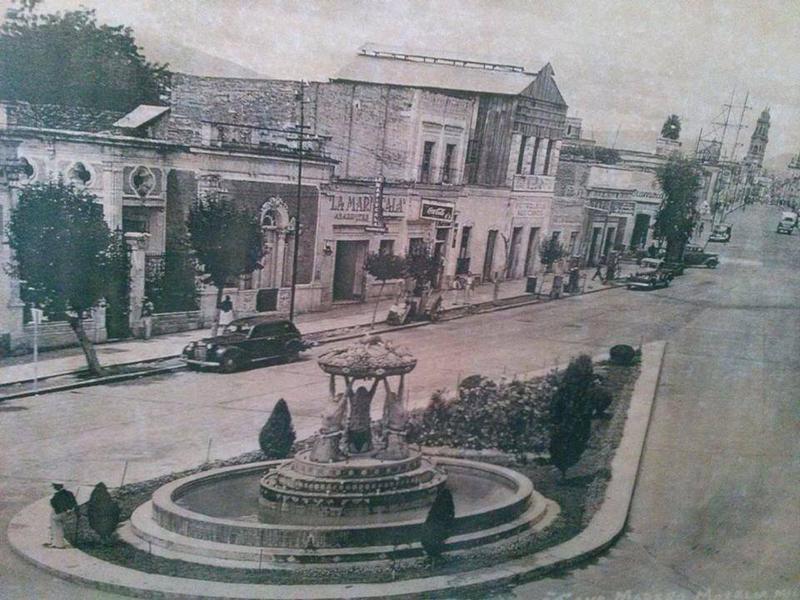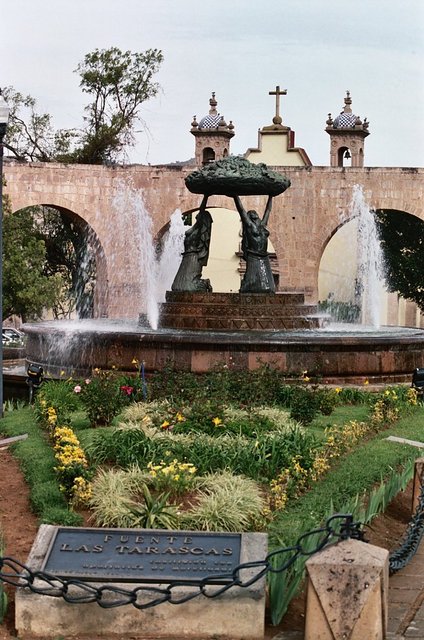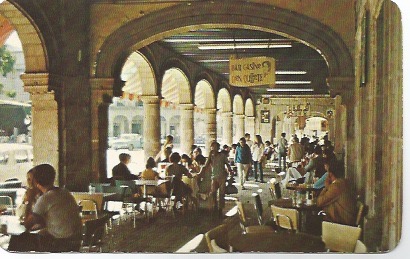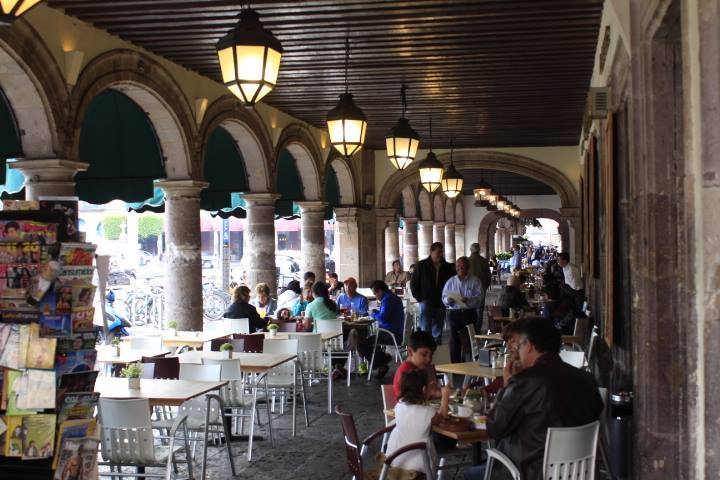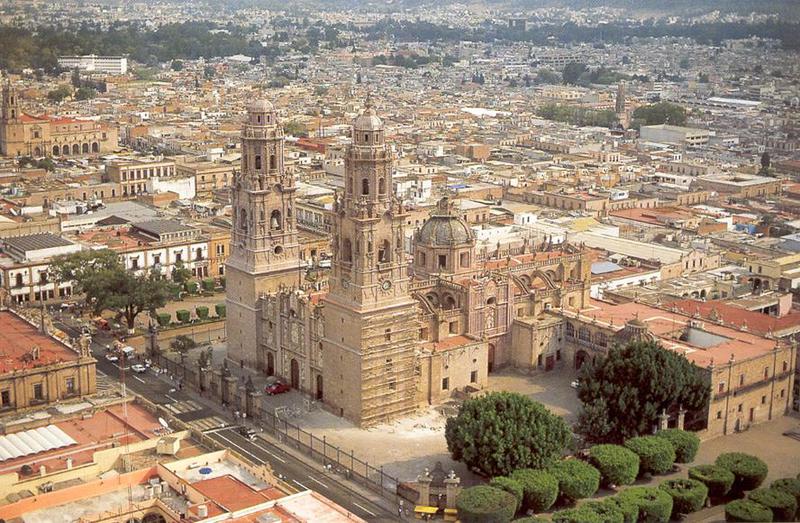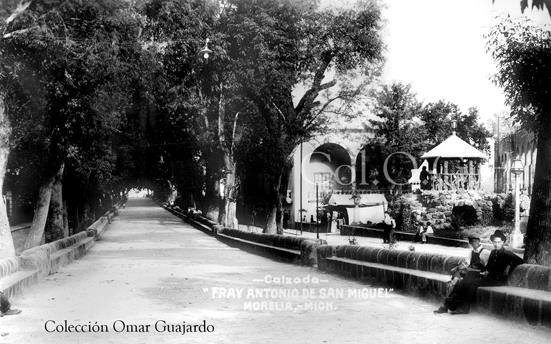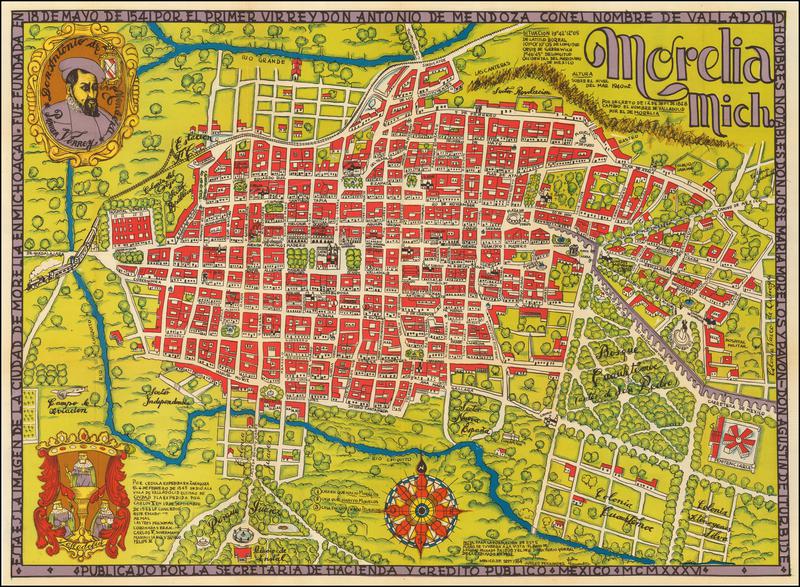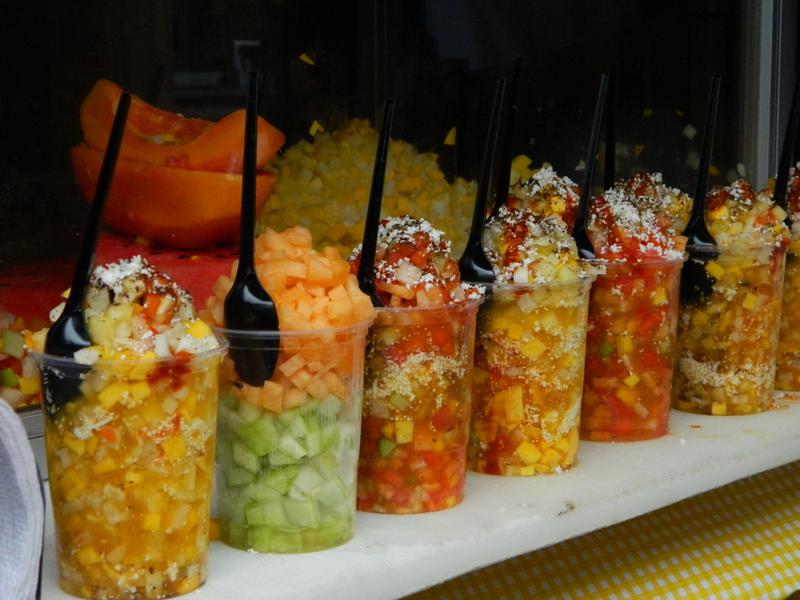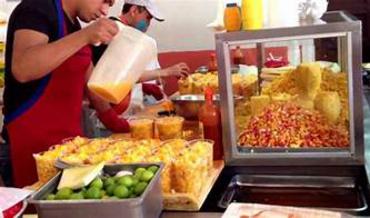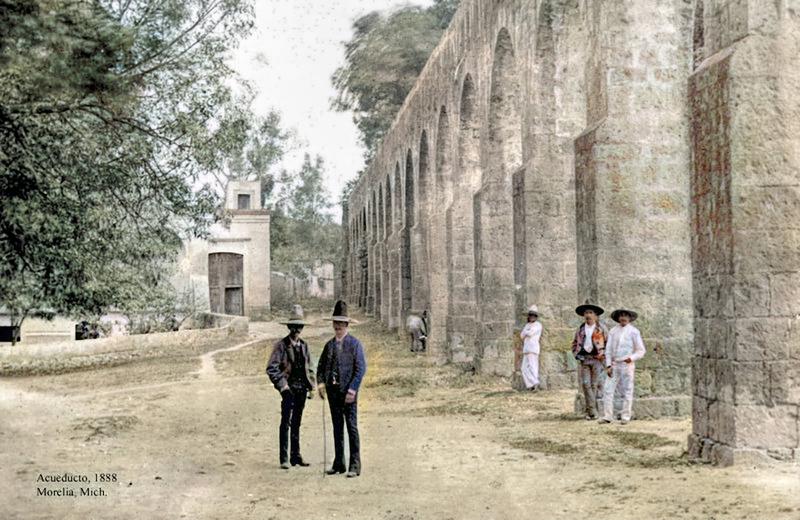This page was last updated: May 19, 2023
 | ||||||
Morelia
La Casa de las Artesanías
Fray Juan de San Miguel #129, Morelia
Mercado de Dulces
Avenida Madero Poniente at Valentín Gómez Farías. Open daily, 8 am to 9 pm
* * * * * * * * * * *
* * * * * * * * * * *
Museo del Dulce
The oldest family of candy makers in Morelia,
since 1840 on Av. Madero #440
* * * * * * * * * * *
Calzada Fray Antonio de San Miguel
Perhaps the most unusual remnant of Morelian times gone by is the three-quarter-mile-long Calzada Fray Antonio de San Miguel, a tree-lined processional walkway completed in the mid-1700s, paved with limestone and lined with stone benches. The Calzada connected the city to a shrine of Our Lady of Guadalupe, but now it's a beautiful pedestrian causeway conducive to reflection as well as passionate encounters.
Palacio Clavijero
The former Jesuit seminary called the Palacio Clavijero, begun in 1660 and now occupied by the Michoacán state government. It is perhaps the city's brightest architectural gem, its two tiers of graceful colonnades bespeaking temporal power and celestial affinity.
* * * * * * * * * * *
* * * * * * * * * * *
Fuente Las Tarascas
On Plaza Villalongín, this iconic fountain erupts from a fruit tray held by three beautiful, topless Tarascan women. The original vanished mysteriously in 1940 and this reproduction was installed in the 1960s.
* * * * * * * * * * *
Postcard from early 1950's
Hotel Casino, Ave. Madero
across from Plaza Morelia
Photo from 2016
Hotel Casino, Ave. Madero
across from Plaza Morelia
The Sweetness of Morelia
The history of Morelia is told in its sweetness. In 1840, only 19 years after Mexico's Independence, Dulces Morelianos Calle Real opened "El Paraíso” in front of the Cathedral in Morelia. This sweetshop had a beautiful Parisian-style café and a type of French bakery that specializes in pastries and sweets. Many personalities of the Moreliana high society met to talk about contemporary issues and taste the gastronomic delights of the place.
If there is a city in Mexico with a great tradition in sweets, it is Morelia. Since before the Spanish, unrefined cane sugar has been prepared in the region. In the heart of the modern city, there are two places dedicated to this culinary art: the Museo del Dulce, (Museum of Candy) and the Casa de Los Dulces Suenos, (House of the Sweet Dreams) or the Candy Market. In both confectioneries, the sweetness permeates the air, causing an uncontrollable urge to eat sugar.
The Candy Market offers a delicious and enticing variety of sweets and handicrafts typical of the region. The market was founded in 1968 at the former Jesuits College and sells local products. Here you can buy sweets such as ates (fruit pastes), candied fruits, cajeta (caramel from goat's milk), wafers, milk candy, chongos (a curdled milk dish with the consistency of soft cheese in a sweet brown milky syrup from the area around Zamora), cocadas (coconut candies), sweet tamarind, fruit rolls and chocolate, as well as crafts from materials such as copper, wood, metal, leather, palm, thread, cloth, lacquer and porcelain.
The House of the Sweet Dreams is located around the corner from Madero Street on Valentín Gómez Farías.
The Museo del Dulce (Candy Museum) opened in 1999 to preserve the history and traditions of candy making in Morelia. The museum is integrated by what they call four periods in the history of Morelia sweets:
1st period: When the Spanish took control of the area in 1520, the production of sweets begin in the convents and monasteries of the colony.
2nd period: Around 1545 the town was known as Valladolid. Families started the tradition of homemade sweets and began to dedicate themselves to this trade as an economic activity.
3rd period: In 1821, after Mexico’s War of Independence, the first candy establishments opened in the city of Morelia.
4th period: In 1840, The first candy factories were formed.
The Candy Museum, Museo del Dulce, has more than 300 varieties of traditional candies, including ates, laminillas (fruit leathers), jellies, morelianas, (tortilla-shaped cookies with cajeta), cocadas, guava rolls, jamoncillos de leche (Mexican fudge), candied fruit, tamarind candies, checolines (red tamarind covered candy), rielitos (chili gummies), popsicles, rompope (an eggnog-like drink), cajeta, fruit liqueur, alegrías (amaranth candy), metate chocolate, custard, chongos, arrayán (small fruit), candied sweet potatoes, alfajor (coconut biscuits), huevos reales (custard dessert), borrachitos (sweet jelly candies), pumpkin and walnut nuggets, balls of burnt milk, almond paste, candied macadamia nuts, crystallized strawberries, among others.
Shopkeepers are dressed in the costumes dating back to the early 1900’s. Visitors can dress with period costumes and have "vintage" photographs taken. Step back in time, when candy was king.
The Candy Museum is located in Morelia on Madero #440.
Before the Spanish arrived, the culture in this area were the Purépecha, but no major cities were founded in the valley during that time. They had piloncillo, unrefined cane sugar in the shape of a cone, but no record of candy. The Spanish took control of the area in the 1520’s and brought their sweet-tooth with them.
If you wonder why Morelia is so sweet, blame it on the Spanish.
Dulces felices, David
2022
1940's
1920's
1890's
Morelia map drawn by Justino Fernandez Garcia in 1934
Morelia in the late 1800's
Gazpacho Moreliano
Don’t let the name fool you; this Mexican gazpacho is nothing like the cold vegetable soup from Spain.
Gazpacho Moreliano is a popular signature dish from Morelia, the capital of Michoacán, and it has a slightly controversial history. Pati Jinich explains in Pati’s Mexican Table (Houghton Mifflin Harcourt, 2013): “Should you find yourself in the Morelian Zócalo (the main plaza), you will see many a beautiful courtyard restaurant that claims to be the home of the ‘Original Gazpacho.’ I am quite certain that the person who invented this fruit salad is a man by the name of El Güero; but the problem is that there are now a number of descendents of the original El Güero in the Zocalo, and they all boast having the ‘original’ recipe.”
Jinich’s version is based off of the Gazpacho Moreliano made by the same Güero she always visits in Morelia. It features bright, tropical flavors from the mango and pineapple, and delivers wonderful crunch from the chopped jícama and white onion. She tells culture the queso cotija in this recipe is essential: “Being teasingly salty, dry and crumbly, it beautifully contrasts the acidic and sweet taste of the ripe fruits and citrus, making each ingredient thrown in the gazpacho shine even brighter.”
Pati Jinich | May 2, 2017
Morelia, 1888

